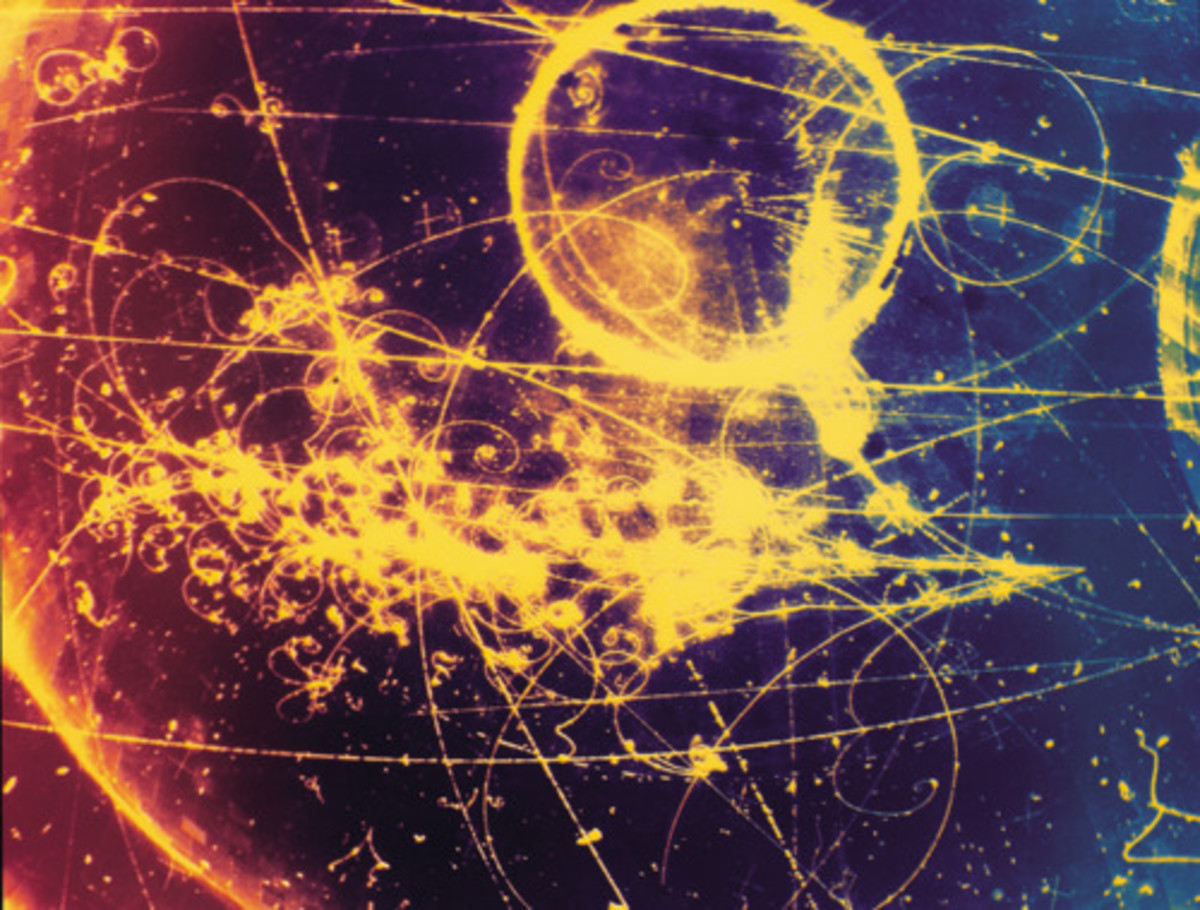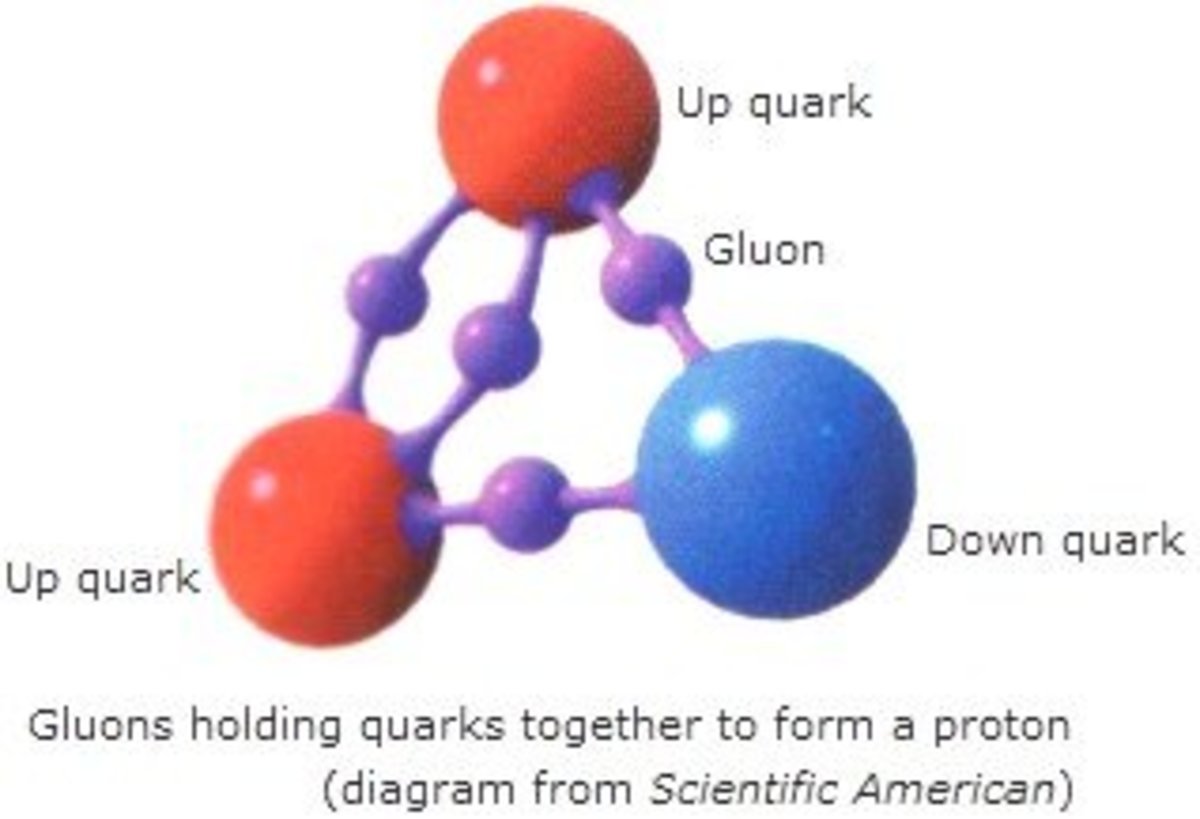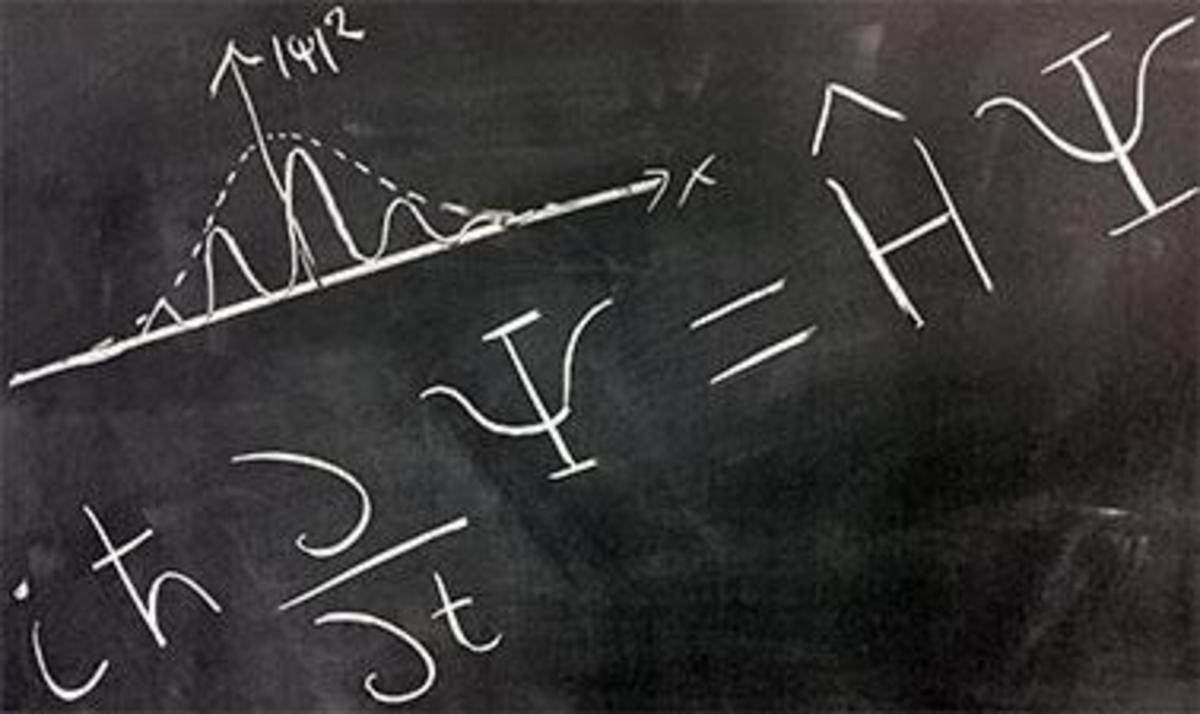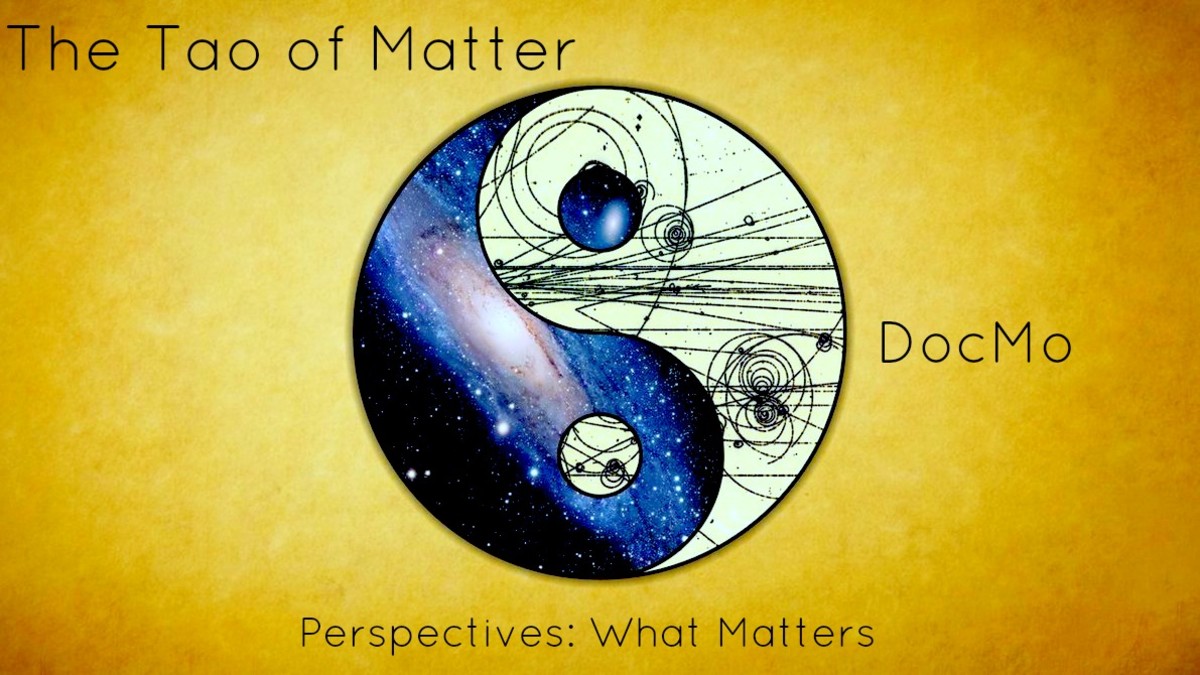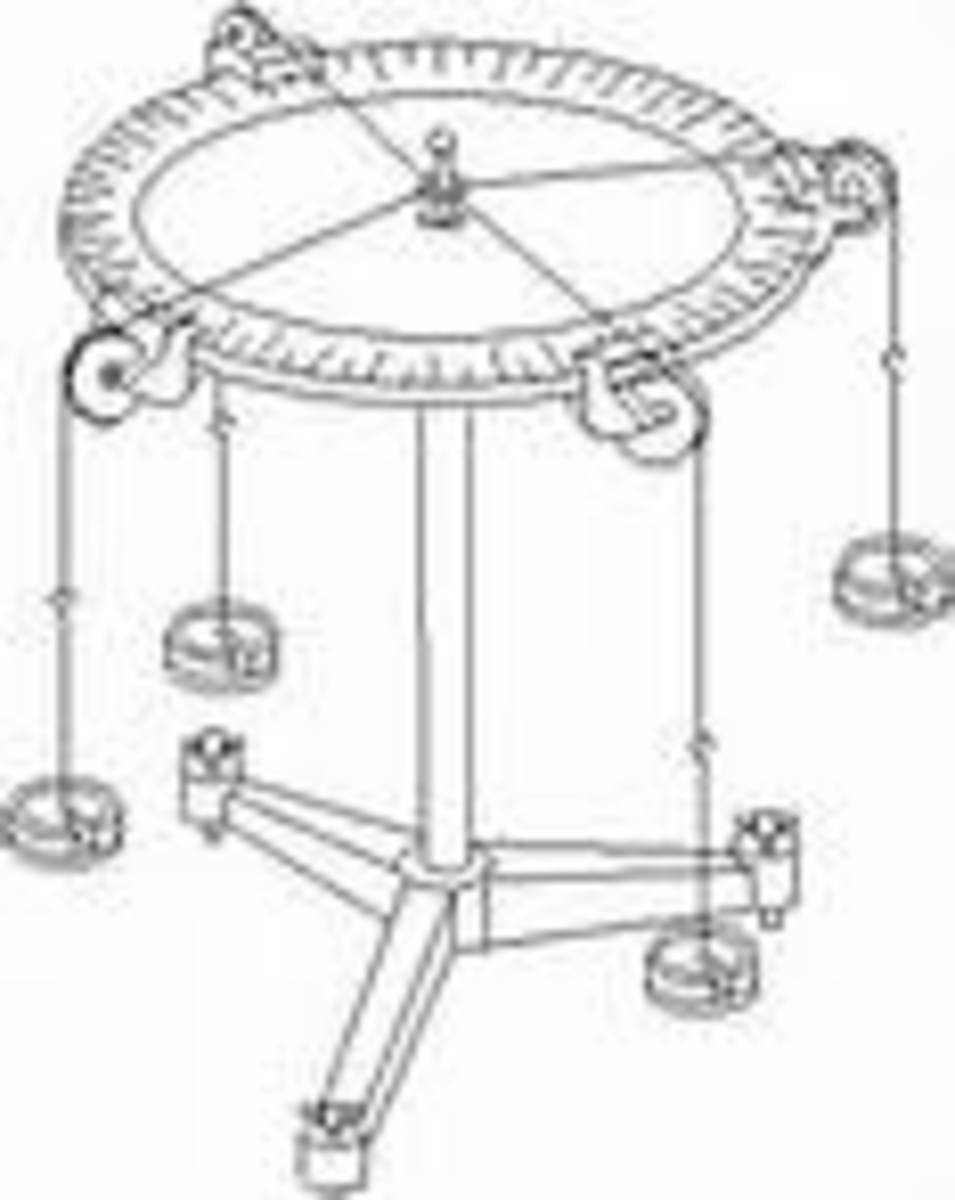What's a Neutrino?
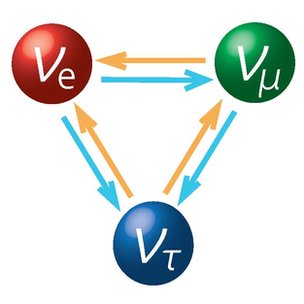
What are Neutrinos?
Every second, 50 trillion of them pass through your body. Feeling itchy?
Neutrinos - charge-less sub-atomic particles that barely interact with matter at all. They are incredibly abundant, yet impossibly hard to contain and measure. But what do we know about them?
The idea of the neutrino was first proposed when theoretical Physicist, Wolfgang Pauli, attempted to explain the conservation of energy and momentum during Beta decay in 1930. Wolfgang Pauli suggested that an undetected particle existed to explain his observations, a particle that he named the 'neutron'. This name however, was soon to be changed when English Physicist, James Chadwick, discovered a more massive particle two years later, which he too called the 'neutron'. Therefore, Pauli's particle was renamed to the 'neutrino' by Enrico Fermi, meaning 'little neutral one' in Italian.
Since then, the neutrino's existence has been proven, and more and more has been discovered about the intriguing little particles.
How are Neutrinos Formed?
Our own Sun is continually pumping out Neutrinos at us, in fact, 65 billion neutrinos from the sun pass through a single square centimetre every second on earth. This is because neutrinos are produced during the fusion process that in constantly happening within the sun.
This fusion process involves four protons fusing to create a single helium nucleus. However, in order to do this, 2 protons must become neutrons. The conversion of one proton to a neutron releases one electron neutrino, and one positron.
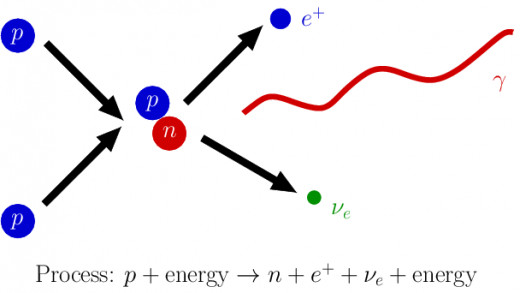
Did You Know?
- The standard model of physics says that neutrinos are massless particles
- However this cannot be true as if the neutrino was massless, it would not be able to oscillate between flavours, as we have observed it does.
- It would take approximately 4 light years worth of lead to stop a neutrino moving
Neutrino Flavours
No we don't mean Strawberry, Chocolate and Mint, though that would be fantastic - and delicious. Neutrino 'flavours' describe the three different types of neutrino we have observed. Each neutrino has a different mass, and when classified by mass they are known as (from lightest to heaviest):
- neutrino-1
- neutrino-2
- neutrino-3
However they can also be classified by the way they are 'connected' with charged leptons (electrons, muons and taus). When classified by lepton, they are known as:
- The electron neutrino
- The muon neutrino
- The tau neutrino
One way to understand the concept above, is if you consider a W Particle ( a very heavy particle that can sometimes decay). The W particle has the potential to decay into one of the three anti-leptons (anti-particles of the electron, muon and tau, the positiron, anti-muon and anti-tau). If the W particle were to decay into an anti-muon, a muon-neutrino would also be produced. Likewise with a decay resulting in an anti-tau, a tau neutrino would be produced.
However, you are probably wondering, why are there two different types of classification? This is due to the Quantum nature of our world. It is impossible to get a neutrino that is defined under both classifications. For example, an 'electron neutrino-3' would be impossible to ever observe. If one were to know that a neutrino was a tau, muon or electron neutrino, one would never then be able to know what mass the neutrino was, as it would be a mixture, or superposition of all the three masses. The same is true if you know the mass of the neutrino. If you know that a neutrino is, say, neutrino-2, you then cannot know if it is a muon, electron, or tau neutrino, as it exists as all of them at once.
This problem exists due to the Uncertainty Principle, the fact that you cannot know a particles velocity and position at the same time.
How Are Neutrinos Detected?
Due to their lack of charge, neutrinos do not interact with any electromagnetic forces, and are only affected by the weak force (which as you can tell by its name, is incredibly weak), and gravity (also quite a weak force). This makes them incredibly hard to detect or measure, and as a result, scientists have created special underground chambers just to give them a better chance of detection.
The detectors must be underground, as cosmic rays and other interference on the planets surface would affect the date. Essentially, the detectors are large containers of a substance that detect neutrino interactions with the substance. For this to work, the detectors have to be very large for only a small number of measurements to be made.
An example of a detector is the Sudbury Neutrino Observatory in Canada, which detects solar neutrinos through the use of heavy water.
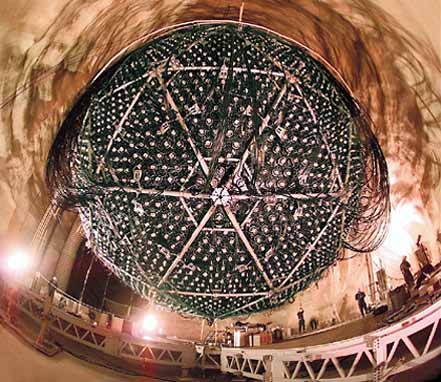
If you liked this hub on neutrinos, and would like to read more Physics related hubs, be sure to check out:

